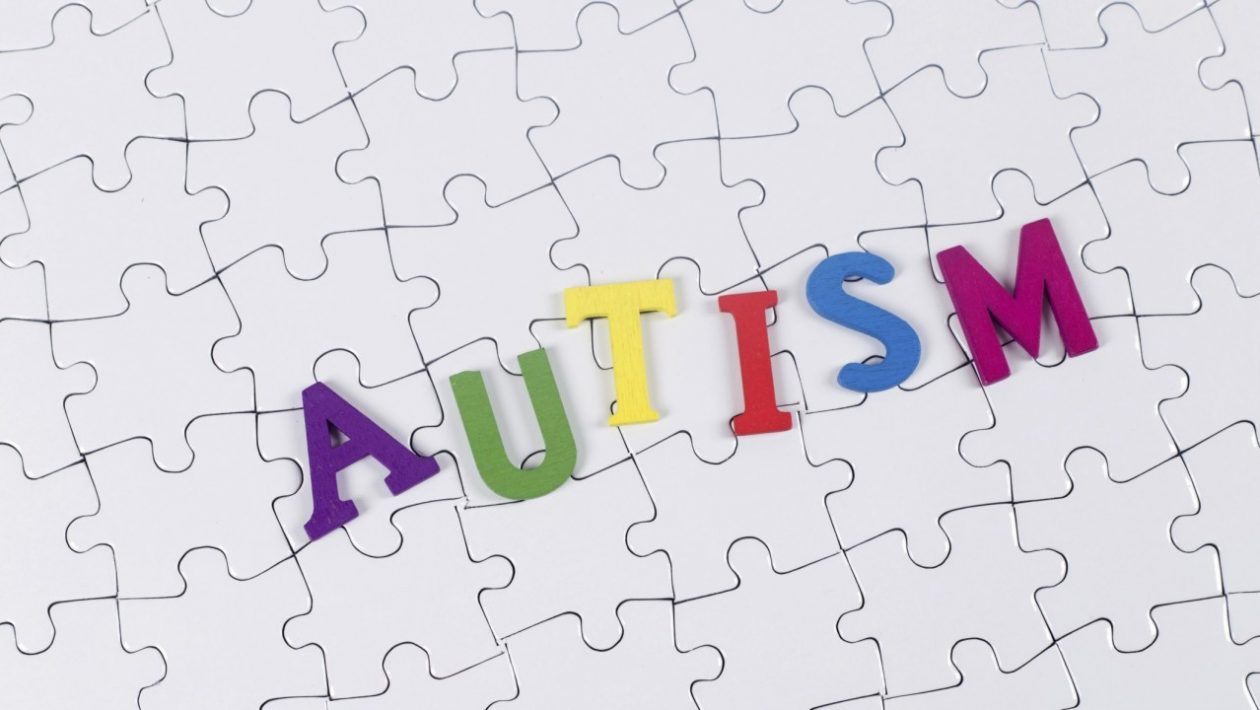Autism is a developmental disorder that effects around 1 in 59 children. However recent research suggests that girls are being diagnosed much less. So why is that?
Women, in general, are great at self-preservation. They learn what they have to do in order to survive. Eye contact and standing or sitting appropriately without rocking are just two ways an autistic female can camouflage. An autistic woman from the United States, Ann Kagarise, explained what she has to do to survive. “I watch people all the time so I know how to act in public. I am always watching my surroundings. I watch people at restaurants and any public event. I follow those around me so I do not stick out.”
Kagarise goes to venues or buildings before an event takes place. “I always get to events early. I get permission to go in and look around. I find where I am sitting. I try to sit on an end so I do not have people on both sides of me. I try to get a feel of the room.”
Raising awareness with doctors could help with more accurate findings. A study by the University College London found that autistic women see it as an, “obligation rather than a choice.” They list, “self-preservation, avoiding bullying or attack,” as reasons for camouflaging. Dr. Will Mandy stated in the Guardian.com article
There are many young girls and women who clearly have ASD , but have found ways to fit in to their surroundings without showing the classic symptoms of autism for girls. The Guardian newspaper, presented a study on women on the spectrum. “Autistic women exhibited more camouflaging behaviors than men, which supported previous observations from self-reported studies.” Interestingly. “No gender camouflaging differences were reported in non-autistic groups.,” the article said.
There should not be one symptom fits all when it comes to autism. That is why it has the word spectrum in its name. The disorder looks different on everyone. Fifty-year-old, Maura Campbell was diagnosed after her son. “If it wasn’t for this, I’d have gone through the rest of my life unaware of why I felt different. As a child I’d felt as though everybody but me had been given a manual on how to behave around other people. Campbell explained on bbc.co.uk, how she has camouflaged, “Because I performed well academically and masked my anxiety, I flew under the radar. People assumed I was just shy.”
According to 28 year old PhD student, Hanna, “Women can be more compelled to make friends so they mimic non-autistic people.” Hannah explained how she has adapted to her surroundings. “I learned to count it out,” referring to eye contact. (Ambien) “I will look away for a few seconds and then back.”
Girls can often be misdiagnosed. . “Girls are better socially so they can be diagnosed with (BPD) Bi-polar Disorder rather than autism,” Hanna explained.
Kagarise explained how she was misunderstood in the classroom, as a child. “I’m 55 now, but when I was a kid, they thought I was defiant. I just didn’t understand what was going on in the classroom. Between the lights, noise, and the teacher’s fast instructions, I was unable to process fast enough to answer when I was called on. Whenever there was a public expectation placed on me, I would shut down.”
Kagarise has spoken in public many times about having autism. “it’s different when I’m on stage. I can address a room full of people easier than having a one-on-one conversation. When I have to sit at a table across from someone, I grab onto the chair and look past the person. This is the only way I can look normal sitting at a table with others.”
It is very hard to fit in when you have an invisible disability. Autistic girls want friends just like their neurotypical peers. They simply have a harder time understanding social cues and knowing how to fit in. There are a lot more males diagnosed than females; however there are a significant amount of young girls and women whose diagnosis is simply missed because they are so good at acting, ‘normal.’ “It’s exhausting,” Kagarise stated. “I feel like I have ran a marathon every single day just to fit in. I come home, put my hoodie over my head and take a bath to calm down. Every cell in my being is crawling when I get home.”
People, in the work force, are not trained to recognized an invisible disability. “When I went to a coffee shop,” Kagarise explained, “the lady behind the counter said, ‘Are you talking to me?’ I said, ‘Yes. I would like a dark roast coffee.’”She said, “How do I know you are talking to me. You are not looking at me.”
“I simply looked down and said nothing,” Kagarise said.
Bullying appears in many forms. Doctors missing autism as a diagnosis is such a disservice to the individual struggling through life. Just because a person looks neurotypical, does not mean they are. Women are amazing maskers and autism needs to be respected as the spectrum that it is. Everyone with autism presents differently. There needs to be more education and research regarding this matter.
For parents looking for guidance with the daughters, thrive global put together an autism guide for parents.
In conclusion we can say that autism is probably more prevalent in society than most would think. We would hope that in the age of acceptance, political correctness and equal opportunities that people on the spectrum should not need to hide away in such a manner but sadly this does not seem to be the case.





